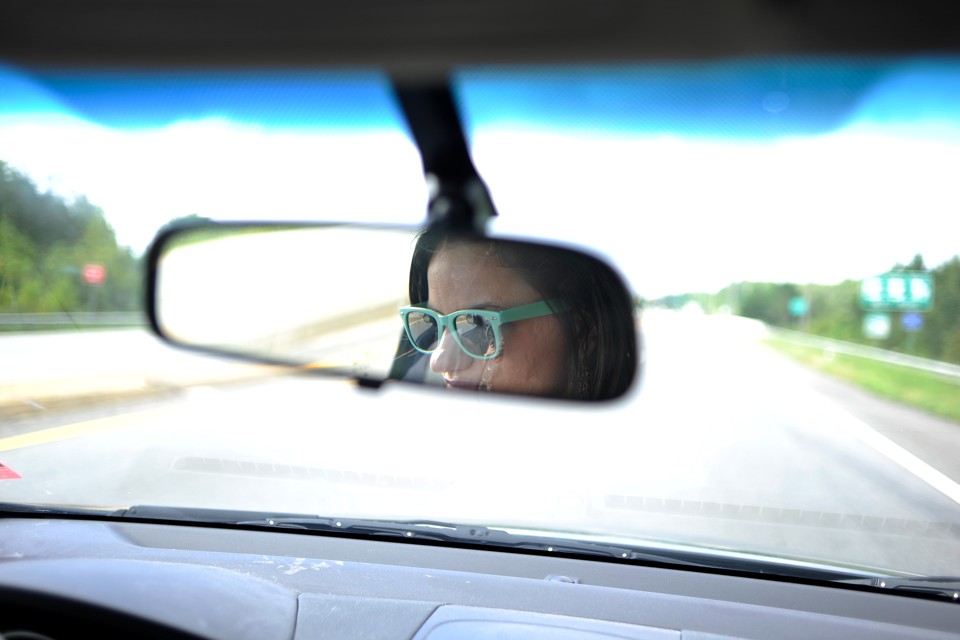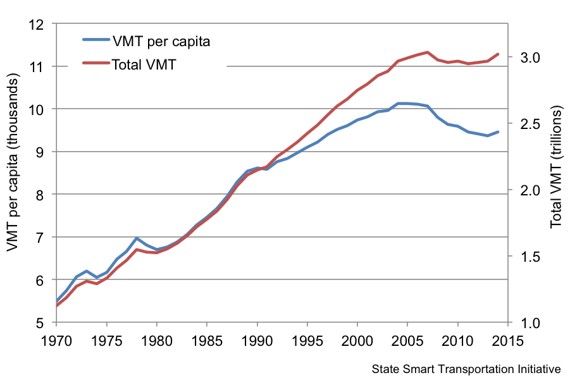For a while, young people were taking public transit and using car-sharing apps instead of buying cars. But now they’re heading to the dealership, just like their parents.
DEREK THOMPSON APR 21, 2015
This week, Bloomberg reports new data from J.D. Power & Associates, which finds that Millennials, or Generation Y (essentially: anybody born in the 1980s or 1990s), now account for 27 percent of new car sales. That’s more than Generation X, and second only to Boomers.
Generation Y: Buying More Vehicles Than Gen X …

… and Stealing Their Boomer Parents’ Share

So I’m less confident that our cheapest-generation prediction was right. But I’m not entirely convinced that it was wrong. Connelly’s central observation—“I don’t think car-buying for Millennials will ever be what it was for Boomers”—is still true. Young people still aren’t buying as many cars as their parents’ generation, even though half of Millennials are older than 25. They’re buying more cars than Generation X, but they also outnumber this generation by 15 to 20 million people.
What’s more, Millennial money woes aren’t the only headwind against the car industry. U.S. vehicle sales peaked at 17.3 million 15 years ago, in 2000, when there were a lot fewer customers. Meanwhile, miles-driven per person has been falling since the middle of the Bush administration. It edged up last year for the first time in a decade. People are buying less and driving less, and these appear to be structural changes.
Miles Driven (in Red) and Miles Driven Per Person (in Blue)
And what about our other prediction, that young people would spurn the suburban-home picket-fence picture that once illustrated the American Dream? It’s the same story. Our 2012 predictions was prescient in a way, but we also failed to foresee how quickly the country would snap back to its sun-belt-suburban migration patterns.


